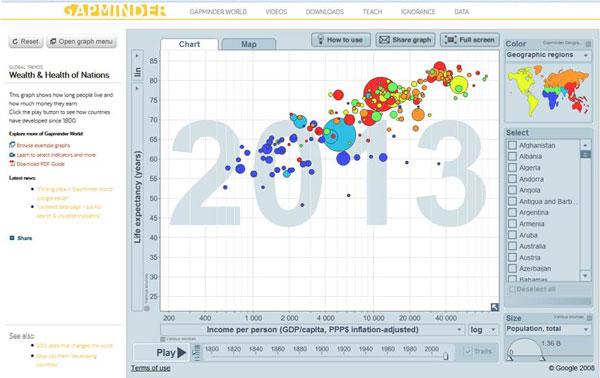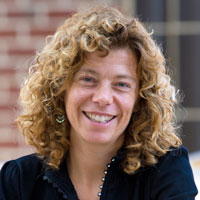Yeatts discusses undergraduate public health education in Frontiers in Public Health
January 22, 2015
A recent article by Karin B. Yeatts, PhD, research assistant professor of epidemiology at the UNC Gillings School of Global Public Health, describes the success of an introductory public health course for undergraduates that uses principles of active learning to help students experience public health practice and integrate concepts with their assignments.
The paper appeared in a special undergraduate public health education issue of Frontiers in Public Health, available online Dec. 23, 2014.
Given a reported 750 percent increase in undergraduate degree conferrals in public health between 1992 and 2012, the need for introductory public health courses is clear. The assignments Yeatts developed for the class are intended to be of interest to institutions planning to offer an undergraduate public health major.
“Active learning,” instructional methodology that engages students in the process of learning rather than receiving information passively from an instructor, has been shown to be better learning environment for engineering, mathematics and natural sciences. Team learning in pharmacy and nursing has shown increased levels of enhanced critical thinking, and in public health, reflective journals and blogging have been among the activities that increase students’ understanding and enrich learning.
Individuals in Yeatts’ course were provided with opportunities to apply and integrate concepts that resulted in improved inquiry, analysis, creative and critical thinking, oral and written communication and problem-solving, among other skills. The course included a series of team-based activities, as well as an experiential project. In the latter component of the course, students visited a public health organization and then used their experience to inform a final project that examined a public health intervention.

The Gapminder tool offers undergraduates and others an entertaining way to link health outcomes to other population data. This animated chart, for instance, graphically shows the relationship of wealth and longevity.
“Students were introduced to a wide range of different disciplines and topics within the field, including environmental science, nutrition, health behavior, maternal and child health, biostatistics, epidemiology and health policy,” Yeatts said. “As the course progressed, students discussed protecting the public’s health from different aspects, including behavioral education, environment and policy.”
Through a tool called Gapminder, students were able to contrast population and biomedical perspectives on health – and were able to link health outcomes (e.g., infant mortality) with historic events such as drought, famine or war.
Other course elements include a hands-on introduction to 1) creative and comparative systems of data collection, 2) the use of social media to advance healthy behaviors, 3) the study of water contamination (through microbial sampling in various water sources), 4) the health care system, by looking at challenges for the sick and elderly in rural N.C. counties and studying benefits and challenges of the Affordable Care Act and 5) local public-health-related organizations and programs in the community.
“The UNC Gillings School of Global Public Health has four strong undergraduate Bachelor of Science in Public Health (BSPH) programs – with approximately 215 students enrolled in biostatistics, environmental health, health policy and management, and nutrition,” Yeatts writes. “However, with a total of approximately 18,350 UNC undergraduates, there are many who have no exposure to the public health field or the Gillings School. This course aimed to begin addressing that lack of exposure. In the first two years of the course offering, on average 27 percent of the students who took the introductory public health course applied to the UNC BSPH programs. Of the students who applied, 90 percent were accepted.”
Yeatts says such a course is an invaluable learning experience for undergraduates.
“No matter what field students pursue in the long term,” Yeatts said, “educating undergraduates in basic public health concepts leads to a broadly educated citizenry and builds awareness about and support for public health. As Dr. Donna Peterson concludes in a seminal journal article, ‘public health is a social and economic imperative, and we can no longer afford to hold this knowledge within our profession.’” [Public Health Reports (Sept.-Oct. 2013)].
Gillings School of Global Public Health contact: David Pesci, director of communications, (919) 962-2600 or dpesci@unc.edu.

